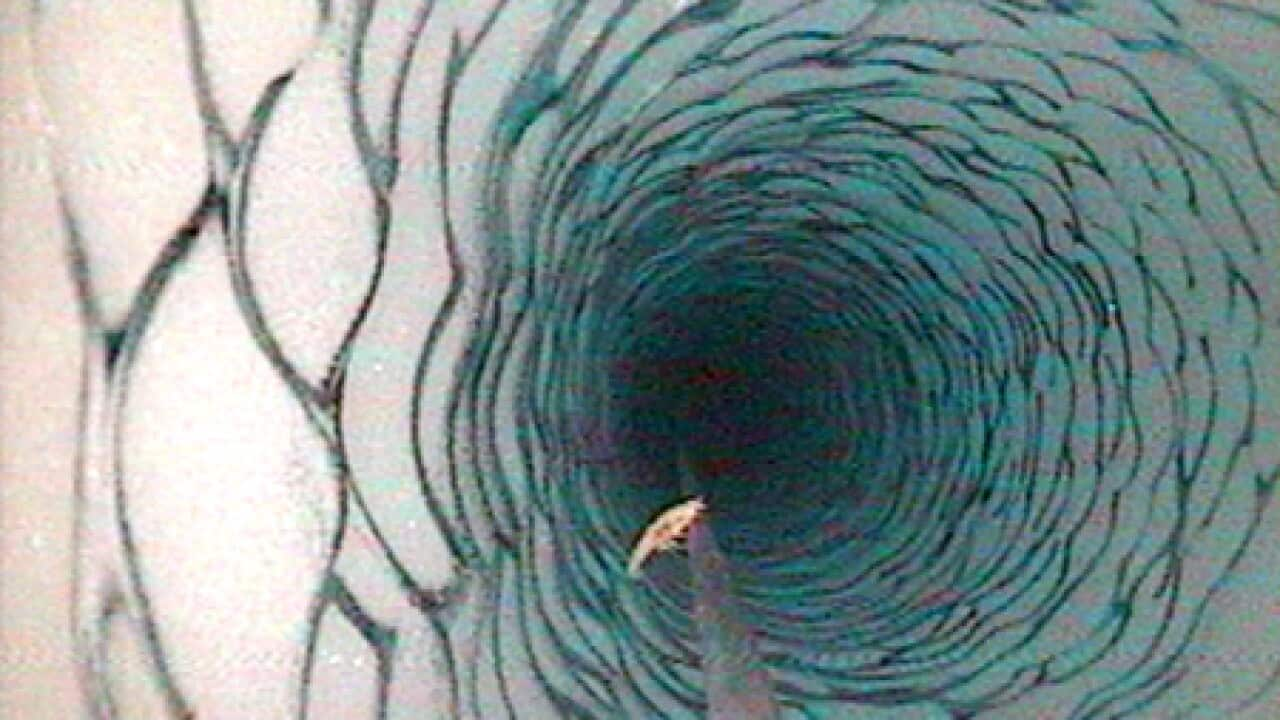Scientists drilling in Antarctica have been amazed to discover a shrimp-like creature swimming in pitch darkness beneath an ice sheet.
Scientists had thought nothing much more than a few microbes could exist 180 metres below the ice.
But when a NASA team lowered a video camera to get the first long look at the underbelly of the ice sheet in Antarctica, a curious shrimp-like creature came swimming by and then parked itself on the camera's cable.
Scientists also pulled up a tentacle they believe came from a foot-long jellyfish.
NASA ice scientist Robert Bindschadler, who will be presenting the initial findings and a video at an American Geophysical Union meeting on Wednesday said his team was operating on the presumption that nothing was living underneath the ice sheet.
"This is a higher life form, this is pretty far up the food chain and if it is swimming around that means that there is quite a lot of life at this location and that was a surprise," he said of the 3-inch-long, orange creature starring in their two-minute video.
The creature is not actually a shrimp, but a Lyssianasid amphipod, which is distantly related to shrimp.
The video is likely to inspire experts to rethink what they know about life in harsh environments.
And it has scientists musing that if such creatures can exist below 180 metres of Antarctic ice in subfreezing dark water, other hostile places such as Europa, a frozen moon of Jupiter, could also host life.
Microbiologist Cynan Ellis-Evans of the British Antarctic Survey said there have been findings somewhat similar, showing complex life in retreating ice shelves, but nothing directly under the ice like this.
Ellis-Evans said it's possible the creatures swam in from far away and don't live there permanently.
But biologist Stacy Kim of the Moss Landing Marine Laboratories in California, who is a co-author of the NASA study, doubts it.
The site in West Antarctica is at least 19 kilometres from open seas and Bindschadler drilled an 8-inch-wide hole and was looking at a tiny amount of water.
That means it's unlikely that that two creatures swam from great distances and were captured randomly in that small of an area, Kim said.
However, scientists were puzzled at what the food source would be for the animals.
While some microbes can make their own food out of chemicals in the ocean, complex life like the amphipod can't, Kim said.
The key unanswered question is how they survive, Kim said.
Share

